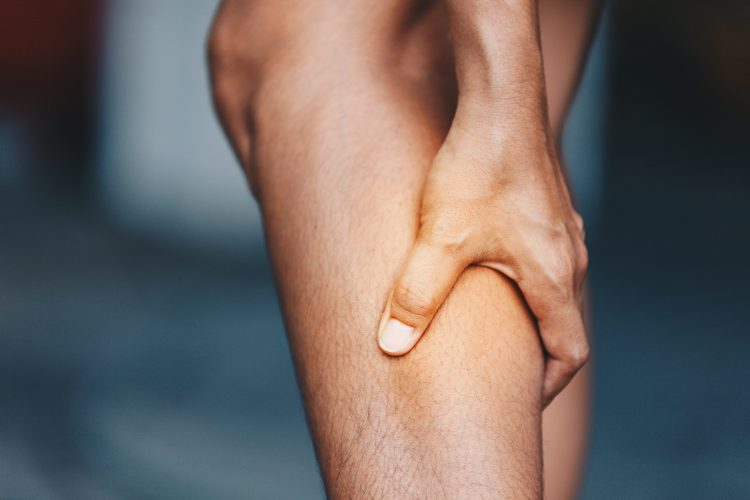
Trigger Points

First, let’s get our definitions straight!
What exactly is a “trigger point”? Simply put, a trigger point is defined as a hyperirritable spot found along a taut band of muscle. The trigger point may cause pain following compression, stretching, or excessive or lengthy stimulation. Each muscle has areas that are predisposed to trigger points; it is even possible to find several of them in the same muscle. A trigger point may be active or latent. In other words, it may or may not reproduce the patient’s pain upon consultation. Aside from the localized sensitivity, active trigger points can produce referred pain in specific, but distant, areas of the body. This radiating pain can be experienced as either pain or weakness.
In addition, it is possible to experience discomfort or pain exclusively within the muscle’s radiation area. However, it is essential to treat the pain at its source: the muscle associated with that radiating pain.
Here are the areas commonly linked to a trigger point in a nearby muscle.
| Area where the pain is experienced | Associated muscular trigger point |
| Teeth | Mastication muscles in the jaw, including the masseter and temporalis |
| Temple and eye | Trapezius muscle |
| Line from the shoulder down toward the elbow and back of the hand | Rotator cuff muscles: supraspinatus and infraspinatus |
| Hip and sacrum | Piriformis muscle |
| Behind, back of thigh, calf | Gluteal muscles |
| Bottom of foot and heel | Calf muscles: soleus |
What can cause or sustain this type of condition?
The development mechanism behind trigger points is still poorly understood. However, the creation of these areas of tension is often linked to a lack of oxygen in the muscle tissues following excessive demand (such as a repeated muscle contraction or a posture held at length), resulting in muscular fatigue or pain. A direct impact or a muscle strain could also lead to this type of pathology, both during the inflammatory phase and during tissue remodeling in the presence of scar tissue adhesions.
This means that trigger points can develop in any number of everyday situations: an intense workout, sub-optimal posture at work, an awkward movement, or even the wrong sleeping position.
What treatments are possible?
The primary goal is to reduce muscle tension and promote better circulation locally.
Here are a few treatment options used in physical therapy:
- Massage, rubbing, friction;
- Dry needling;
- TENS (electrical nerve stimulation);
- Taping;
- Heat;
- Stretching;
- Compression;
- Reinforcement;
- Advice (posture, lifting);
- Modification of duties at work.
What can we do in terms of prevention?
- It’s all a matter of balance between strength, endurance, and muscle flexibility. Proper balance between each muscle and its opposing muscle (for example, the biceps and triceps) is important as well.
- Don’t forget to warm up prior to physical activity and to cool down after your workout.
- Modifying your duties at work and your sleeping position can be essential elements of prevention.
- Getting prompt treatment for trigger points also helps prevent compensation and allows you to avoid developing secondary pain.


